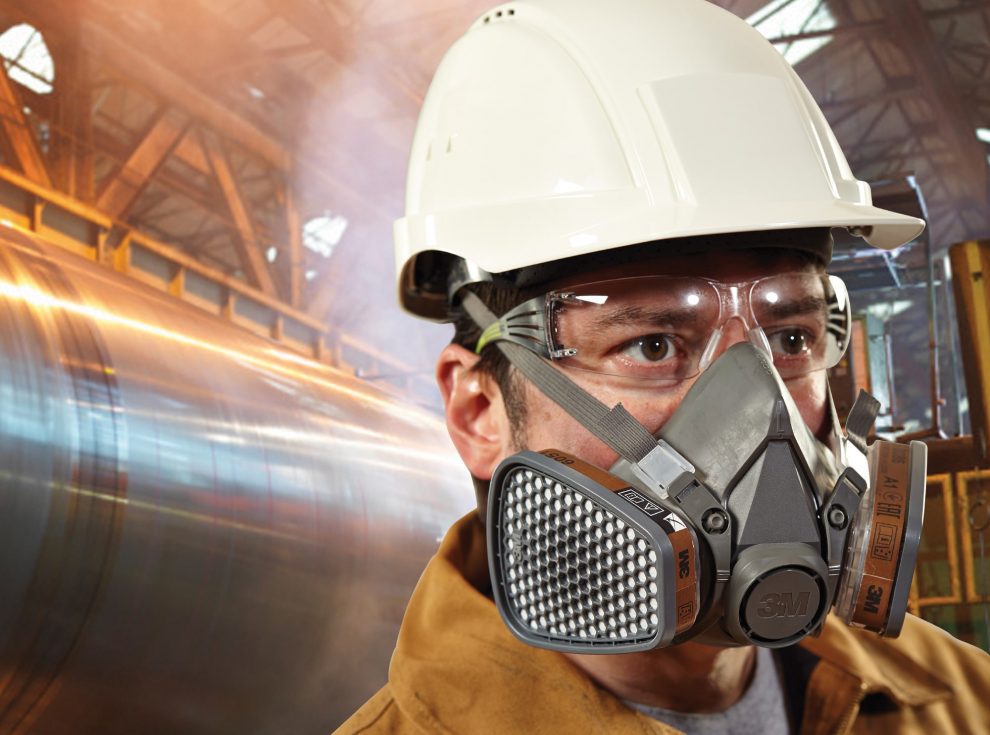Introduction
In the dynamic landscape of occupational health and safety, respiratory protection emerges as a critical area of focus. The essence of providing effective respiratory protection lies not just in compliance with regulatory standards but in a deep understanding of the unique risks and challenges faced by workers in various environments. As a safety professional with extensive experience, this article aims to delve into the nuances of selecting effective respiratory protection for workers, a task that demands meticulous attention and a proactive approach.
Understanding the Risks
The first step in selecting appropriate respiratory protection is a comprehensive risk assessment. This involves identifying potential respiratory hazards in the workplace, such as dust, fumes, vapours, and gases. The nature of these hazards varies significantly across industries, from the silica dust in construction sites to chemical vapours in manufacturing facilities. It’s essential to understand the concentration levels of these hazards and their potential health impacts. Prolonged exposure to certain substances can lead to chronic respiratory diseases, making it imperative to mitigate these risks effectively.
Regulatory Framework in Australia
In Australia, the selection of respiratory protective equipment (RPE) is governed by strict standards and regulations. The Australian Standard AS/NZS 1715:2009 provides guidelines on the selection, use and maintenance of respiratory protective devices. It is crucial for safety professionals to stay abreast of these standards and ensure that the RPE selected meets or exceeds these requirements. Additionally, understanding the role of Safe Work Australia and the model WHS (Work Health and Safety) regulations is vital in ensuring compliance and safeguarding workers’ health.
Types of Respiratory Protective Equipment
There are various types of RPE available, each suited to different environments and hazards. Broadly, these can be categorized into two groups: air-purifying respirators (APRs) and supplied-air respirators (SARs). APRs, which include particulate filters and gas/vapour filters, are commonly used where the air contains pollutants that can be filtered. In contrast, SARs, including self-contained breathing apparatus (SCBA) and airline respirators, are essential in environments where the air is not safe to breathe and an external supply of breathable air is required.
Fit and Comfort
An often-overlooked aspect of RPE selection is the fit and comfort of the equipment. The effectiveness of a respirator is significantly reduced if it does not fit the wearer properly. Therefore, fit testing should be an integral part of the selection process. Additionally, considering the wearer’s comfort is crucial, as discomfort can lead to non-compliance. Features such as adjustable straps, cushioned seals, and low breathing resistance can enhance comfort and, consequently, compliance.
Training and Maintenance
The best respiratory protection is only effective if workers are trained in its proper use and maintenance. This includes training on how to correctly wear the respirator, how to perform seal checks, and understanding when filters or other components need to be replaced. Regular maintenance and inspections are vital to ensure the equipment remains in good working condition and continues to provide the necessary protection.
Continuous Assessment and Improvement
Selecting effective respiratory protection is not a one-time task. It requires continuous assessment and improvement. Regularly reviewing and updating risk assessments, staying informed about the latest advancements in RPE technology, and seeking feedback from workers are all crucial steps in ensuring that the respiratory protection provided remains effective and relevant.
Conclusion
The selection of effective respiratory protection is a multifaceted challenge that demands a comprehensive approach. By understanding the risks, adhering to regulatory standards, considering the types of RPE, focusing on fit and comfort, ensuring proper training and maintenance, and committing to continuous improvement, safety professionals can make informed decisions that significantly contribute to safeguarding the respiratory health of workers.
If you would like to know more or would like our assistance in the areas mentioned check us out at www.intrinsicsafety.com.au. Alternately, call us on 1300 990 336 or email us at in**@*****************om.au


